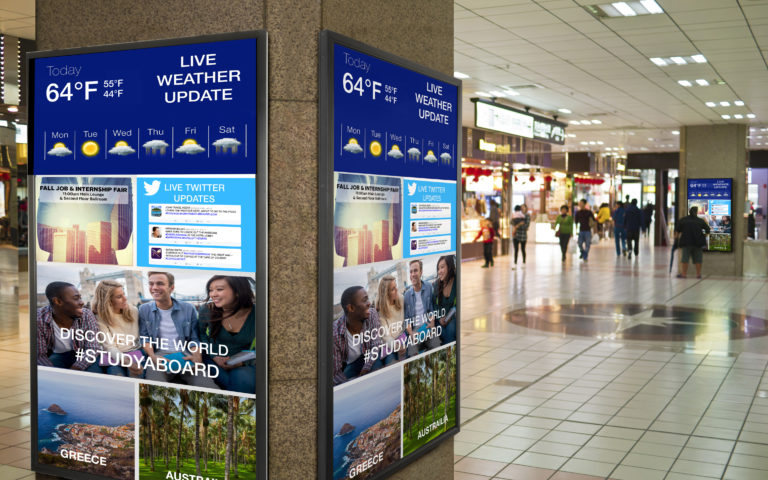Below The Line Advertising?
Below-the-line advertising is an advertising method where products are marketed through on ground promotions rather than mainstream radio, tv, billboards, print, and movie formats. The primary forms of below-the-line marketing methods consist of experiential marketing, road shows, hyper local on ground promotions, trade shows, catalogues, and catchment marketing through leaflets insertion/distribution. Below-the-line advertising practices are inexpensive and much more focused versus above-the-line techniques.
Comprehending Below-the-Line marketing and advertising
Below-the-line advertising seeks to reach consumers directly instead of casting an extensive internet to attain mass audiences. In place of airing a national business within a hit community television show, a below-the-line promotion might instead focus on an in-store demonstration of the product that consumers might wish to research in person. It enables a more high-touch experience, where a salesperson can answer direct concerns and better explain items. A few examples of below-the-line marketing and advertising include:

- Corporate Activation
- Society Activation
- Mall Activation
- College Activation
- Road Shows/ Mobile Van Activity
- Newspaper Insertion
- Market Activation
- Sampling Activities
- Product Display & Demonstration
Above-the-Line vs Below-the-Line Marketing
Above-the-line advertising and marketing made to attain the size of people. The epitome of above-the-line marketing and advertising is often a Super Bowl television ad, which costs a massive amount of income for just a few seconds of airtime but straight away achieves tens of customers’ scores on a global basis. On the disadvantage, statistically talking, a substantial portion of those folks may well perhaps not typify a business’s target buyer.
Instead, below-the-line advertising and marketing achieve lots fewer folks; it is more discriminating about its market. In most cases, below-the-line advertisers initially conduct significant research in the market to recognize a target niche of purchasers susceptible to purchase the items. When the target demographic is identified, below-the-line advertising and marketing achieve customers within a more tailored, direct style.
Above-the range casts a substantial net versus below-the-line, which works on the proverbial fishing pole through direct mailers, face-to-face interaction at ground activities.
Advantages of Below-the-Line Advertising
Lower prices are probably the greatest advantageous asset of below-the-line marketing. While television and radio ads tend to be pricey, direct mailing and search engine marketing tactics tend to be more economical. And below-the-line practices can be more cost effective and easily scaled up or down.
Moreover, below-the-line methods make it easier to monitor conversions with desired consumers. Here’s an example: though there are multiple approaches for monitoring television and radio ads’ potency, it is hard to assess the general effect. Asking customers the way they heard of an organization, as an example, can produce unreliable answers because individuals often recall their experiences inaccurately. On the other hand, experiential advertising and marketing precisely monitor consumer feedback & behavior.





